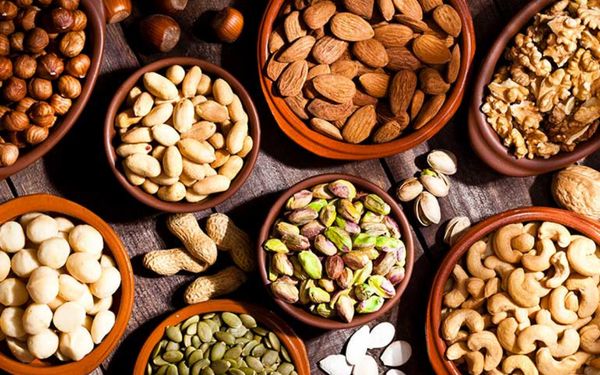What is the Nuts? A Brief History of Nuts
What is the Nuts?
Whether you’re reaching for a quick snack, garnishing a gourmet dish, or creating a healthy mix for your day, nuts are more than just crunchy bites—they are nutritional powerhouses rooted in ancient agricultural traditions. But have you ever wondered where your favorite nuts come from and how they are grown, roasted, and prepared?
Let’s take a closer look, especially at the role Turkey plays in the global nut industry.
A Brief History of Nuts
Nuts have been part of the human diet since prehistoric times. Prized for their long shelf life, dense nutrition, and satisfying crunch, they became vital for ancient civilizations. Over time, certain regions became famous for their superior nut varieties—and Turkey is one of them.
Today, Turkey is one of the world’s top producers and exporters of several nut types, including hazelnuts, pistachios, almonds, and walnuts.
How Are Nuts Grown in Turkey?
Each nut type has its own growing region and climate requirements, and Turkey’s diverse geography offers the perfect conditions:
-
Hazelnuts: Grown mainly along the Black Sea coast, especially in Ordu and Giresun, where the climate is humid and cool.
-
Pistachios: Cultivated in the southeastern provinces like Gaziantep and Şanlıurfa, where summers are hot and dry.
-
Almonds & Walnuts: Found in central and western regions such as Manisa, Aydın, and Kayseri, where the temperature fluctuates with seasons.
Farmers carefully monitor irrigation, pruning, and harvest timing. The nuts are typically harvested once per year, often by hand or with gentle machinery to avoid damaging the shell and kernel.
From Raw to Roasted: The Art of Processing
Once harvested, the nuts go through several essential steps:
-
Drying: To reduce moisture and increase shelf life, nuts are air- or sun-dried shortly after harvest.
-
Shelling: Hard outer shells (if present) are cracked open mechanically or manually, depending on the type and intended use.
-
Roasting: This is where the real flavor comes alive. Nuts are dry-roasted or oil-roasted, often in small batches, to bring out their aroma, crunch, and golden color.
-
Some are roasted with salt or spices.
-
Others remain unsalted to highlight their natural taste.
-
-
Sorting & Quality Control: After roasting, nuts are carefully sorted, graded, and checked for consistency, taste, and appearance.
-
Packaging: Finally, the nuts are packed in air-sealed bags or jars to lock in freshness and prevent exposure to moisture or light.
Why Turkish Nuts Are So Special
-
World’s #1 Hazelnut Producer
-
Unique Pistachio Flavor from Gaziantep
-
Traditional, Small-Batch Roasting Methods
-
No preservatives or artificial flavorings
-
Rich in healthy fats, protein, fiber, and vitamins
From Turkish Orchards to 333 Chicago
At 333 Chicago, we work with trusted producers in Turkey to bring you the finest roasted and raw nuts, grown naturally and processed with care. Whether you're enjoying a handful of salted pistachios or adding chopped almonds to your morning oats, you're tasting centuries of knowledge, craftsmanship, and the richness of Anatolian soil.
Nuts Are More Than Just Snacks
They are symbols of tradition, nutrition, and sustainability. So the next time you enjoy your favorite nut mix, remember—you're not just snacking. You're experiencing a legacy.
